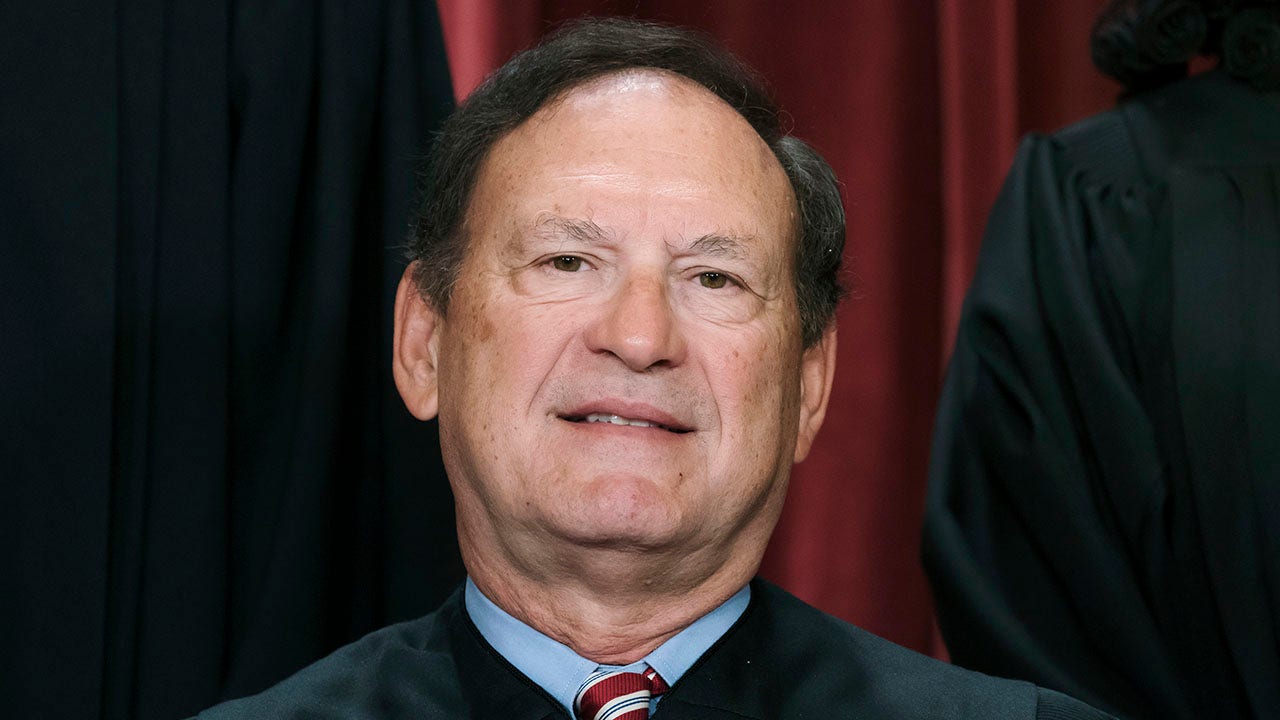In this article, I will talk about creating a smart budget for seniors. Whether you are fully retired or still working part-time, every senior should know their expenses and income. You certainly don’t want your spending to outpace your income. According to the Social Security Administration, a 65-year-old person today can be expected to live an additional 20 years.
This same 65-year-old person has a 70% chance of needing long-term care in their lifetime. With rising inflation, healthcare, and long-term care costs increasing each year, you need to ensure you can meet your expenses as you grow older. You have worked hard and deserve the peace of mind that comes from creating a smart, robust, and balanced budget that allows you to enjoy your senior years.
Setting a budget isn’t fun, but doing so can help you in your long-term planning so you can cover day to day expenses, plan for unexpected ones, and have some fun. A cash flow analysis will enable you to prepare for your future and make sure you have the income to enjoy your golden years securely.
Affiliate
First Citizens Bank is an over 100-year-old family-controlled bank with a community focus.
- No monthly fees
- No minimum balance
- Low opening balance
- Free digital and mobile banking
- Access your account digitally, at branches, or at ATMs
- Link checking and savings accounts for overdraft protection
Try First Citizen’s free checking with paperless statements or online savings accounts.
Involve Your Partner in Creating a Smart Budget
One essential part of working on a budget is to include your partner if you have one. In many cases, one person handles all the financial accounts for a couple. The other partner may be in the dark about their actual financial situation. For a budget to truly work, both people should understand the finances to reach their goals. It makes no sense for one person to save if the other one spends indiscriminately.
If an illness or death occurs, the remaining partner may not know enough about the financial accounts to access the money. A printed asset summary with financial account information, user names, and passwords should be kept with important legal documents. It should include all bank accounts, investment accounts, pensions, retirement accounts, and life insurance information. The location should be shared with loved ones in case of an emergency. If the file is kept on a computer, be sure somebody can access the files when needed. Keep those passwords in an accessible but secure location.
While reviewing your financial accounts, make sure you have updated your contact information and beneficiaries. Do you need to change any names due to marriage or divorce? Be sure to document the date of any changes you make in your asset summary document.
Get a Free Asset Inventory Template Spreadsheet HERE.
So, where to start with creating a smart budget for seniors? To keep the process from being overwhelming, break it into smaller steps. The first thing to decide is how you want to create a monthly budget sheet that includes all your income and expenses to formulate your plan. It can be as simple as a notebook, an Excel template, a free online app, or a purchased financial program. Some computer-based and online programs give you the option to link banking and credit card streams to make the process less labor-intensive once they are set up.
Get a free Monthly Budget Template Spreadsheet HERE.
How to Plan Your Smart Budget?
Step 1: Gather Old Statements
Gather six months to one year of bank statements, credit card statements, the last two pay stubs for you and your spouse (if still employed), and last year’s tax return. If your expenses and income vary greatly per season (think seasonal employment, snowbirds, or winter heat costs), a year’s worth of statements is best. Twelve months of statements are also best if you have a large amount of your retirement invested in securities.
Step 2: Examine Your Expenses
Examine your recurring expenses. It should be easy to spot these from your statements. Break them up into these categories – essential monthly expenses, non-essential monthly, and required non-monthly expenses.
- Essential spending includes food, housing, utilities, clothing, transportation, and healthcare (medication and insurance).
- Non-essential monthly expenses are subscriptions such as cable tv, internet, streaming services, gym memberships, home and cell phone plans.
- Non-monthly mandatory expenses include property taxes, insurance premiums, car registration costs. Think about bills you may pay only once a year or quarterly. Be sure to tally these up and divide by 12 to include in your monthly expenses.
Step 3: Pay Attention to Medical Costs
Pay special attention to actual medical costs. Don’t forget to include out of pocket costs for insurance and medication coverage, especially deductibles, that are not included in your essential monthly healthcare spending. Twenty dollars here and there over the course of a year adds up! It is necessary to track these expenses for tax deductions as well.
Step 4: Check for Costs You No Longer Need
Review your statements for recurring costs for services you no longer need. Many subscriptions auto-renew long after you have forgotten about them. Cancel them and the auto-renewal. For services you need right now but won’t in the future, make a calendar note of when to cancel. Then follow through to save.
Step 5: Check Your Income
Examine your income from social security, retirement funds, dividend stock investments, real estate, and pensions. How are your accounts yielding regarding inflation, the cost of living, and the economy? Review your income mix to make sure it is a secure balance that will last as you age. Your portfolio should be less exposed to risk as you get older. A financial advisor can help you determine if your asset allocation is correct for retirement.
Step 6: Don’t Forget Your Emergency Fund
Having an emergency fund is essential, no matter what your age. It should contain money to cover three to six months of expenses, at the very least. If a large portion of your retirement funds is invested in stocks and bonds, you should save twelve months of expenses saved. A larger emergency fund will enable you to avoid withdrawing from invested funds when the market is down.
Step 7: Review Flexible Costs
Review your flexible costs. How much was spent on meals out, entertainment, vacations, donations, and gifts? This total should be divided by twelve and included in the monthly budget. Is this spending in line with your long-term goals? Does anything need to be trimmed to make your monthly budget work?
Step 8: Plan for Trips
Don’t forget to plan some fun! Want to go on a big trip? Estimate what you will need to save and include it in your monthly budget. Taking advantage of retirement to try a new hobby? Include the costs in your monthly budget. It’s all about balancing your wants and essential expenses. Yes, you can spoil the grandkids, as long as you budget for it!
Free Resources for Creating a Smart Budget for Seniors
Are you feeling overwhelmed by creating a smart budget plan for seniors? It’s great to have another person to help with this process, even if you have a partner. Now is the perfect time to enlist the help of a financial advisor, a family member, or a close friend. They may be able to point out things you haven’t thought of and offer advice.
Your local public library, community Council on Aging, or senior center may also offer free budgeting services and financial advice.
Some of my favorite free financial resources for seniors online are:
AARP www.aarp.org
National Council on Aging www.ncoa.org
USA.gov www.usa.gov/retirement
Women’s Institute for a Secure Retirement www.wiserwomen.org
Related Articles on Dividend Power
Here are my recommendations:
Affiliates
- Simply Investing Report & Analysis Platform or the Course can teach you how to invest in stocks. Try it free for 14 days.
- Sure Dividend Newsletter is an excellent resource for DIY dividend growth investors and retirees. Try it free for 7 days.
- Stock Rover is the leading investment research platform with all the fundamental metrics, screens, and analysis tools you need. Try it free for 14 days.
- Portfolio Insight is the newest and most complete portfolio management tool with built-in stock screeners. Try it free for 14 days.
Receive a free e-book, “Become a Better Investor: 5 Fundamental Metrics to Know!” Join thousands of other readers !
*This post contains affiliate links meaning that I earn a commission for any purchases that you make at the Affiliates website through these links. This will not incur additional costs for you. Please read my disclosure for more information.
Christine Seaver is a freelance writer that writes about personal finance, budgeting, and debt. She is a frequent contributor at Dividendpower.org. Christine works as an office manager by day and a cookie baker at night. She lives in Massachusetts with her family.





















Discussion about this post